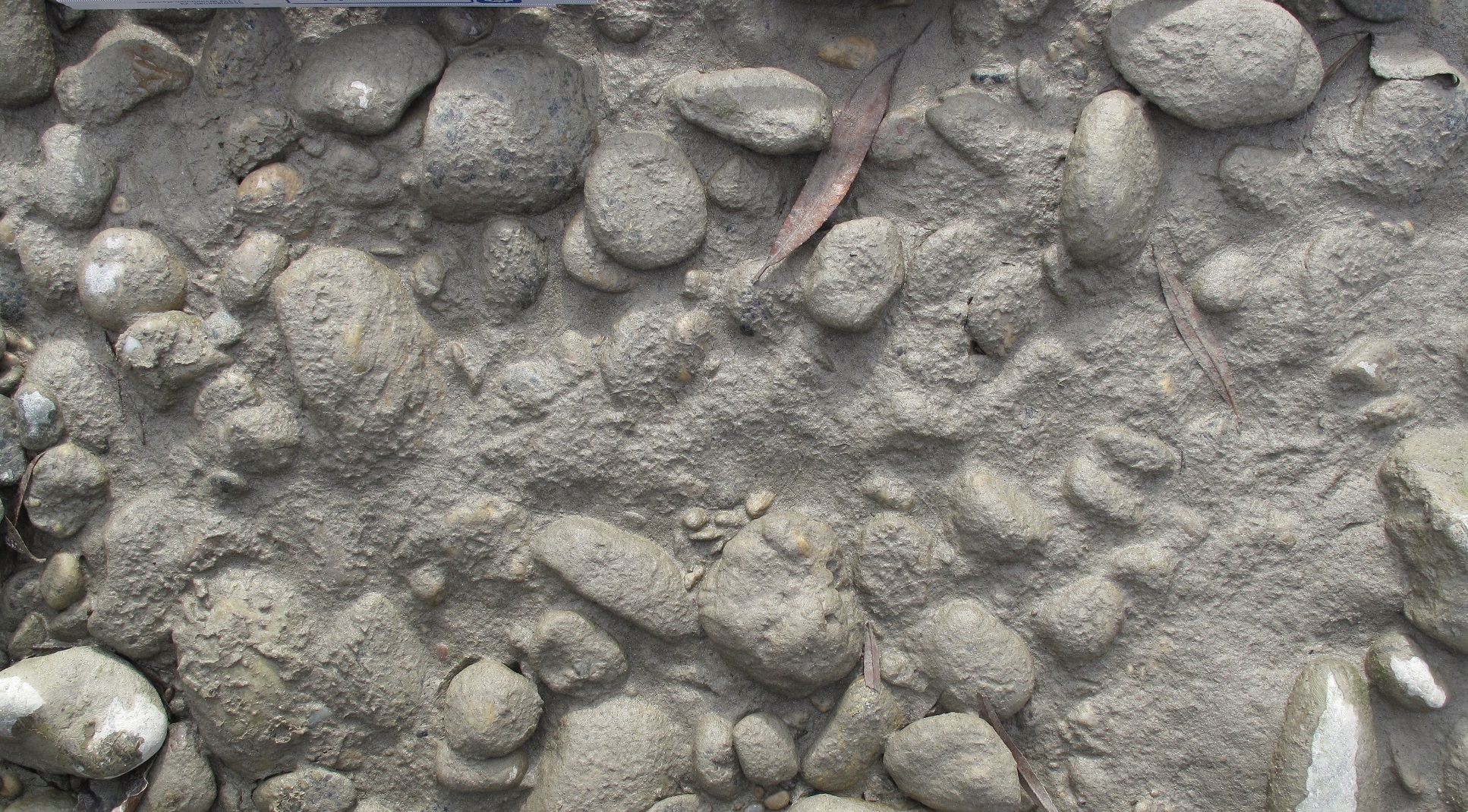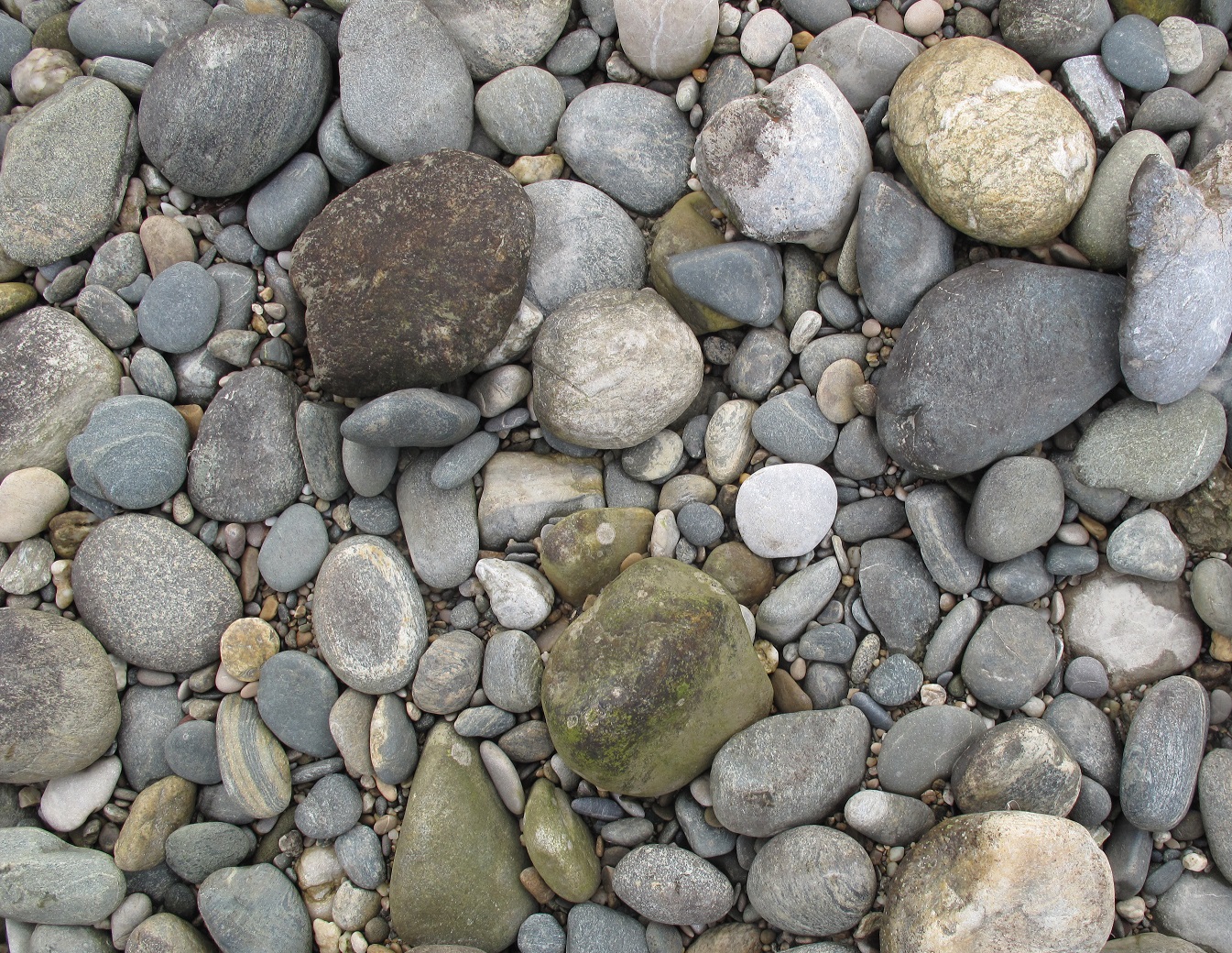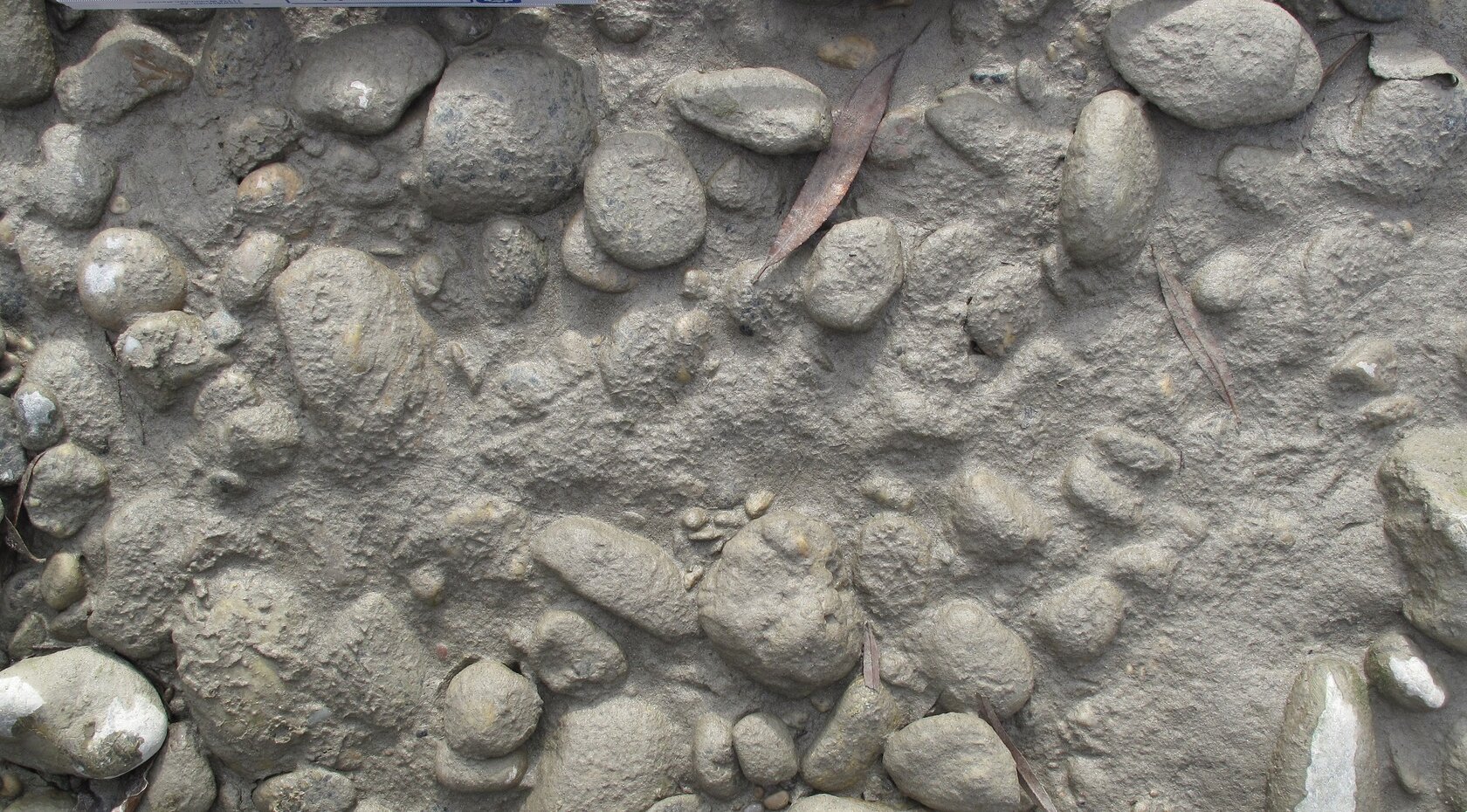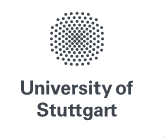Background
The long history of research on fine sediment infiltration and accumulation into gravel riverbeds and more recently, research that relates these processes to the phenomena called colmation has shown the importance to understand the basic physics behind colmation processes; especially given their immense impact on river ecology. There is a consensus that surface and subsurface processes including hydraulic, sedimentary and biogeochemical processes trigger the spatio-temporal behaviour of colmation processes.
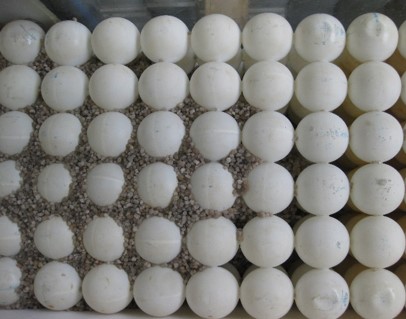
Objective
The focus of the research project is on laboratory flume experiments to separate and investigate distinct processes involved in colmation. The key aspects of the proposed work include investigations into the role of turbulences at the water-sediment interface on infiltration rates and how they influence and interact with the interstitial flow fields in the pores.
In addition, the hydraulic forces acting on already infiltrated particles will be examined to derive thresholds for the initiation of interstitial sediment transport processes. Finally, functional relationships between the increasing pore filling, its effect on the interstitial flow field to different infiltration rates are explored.
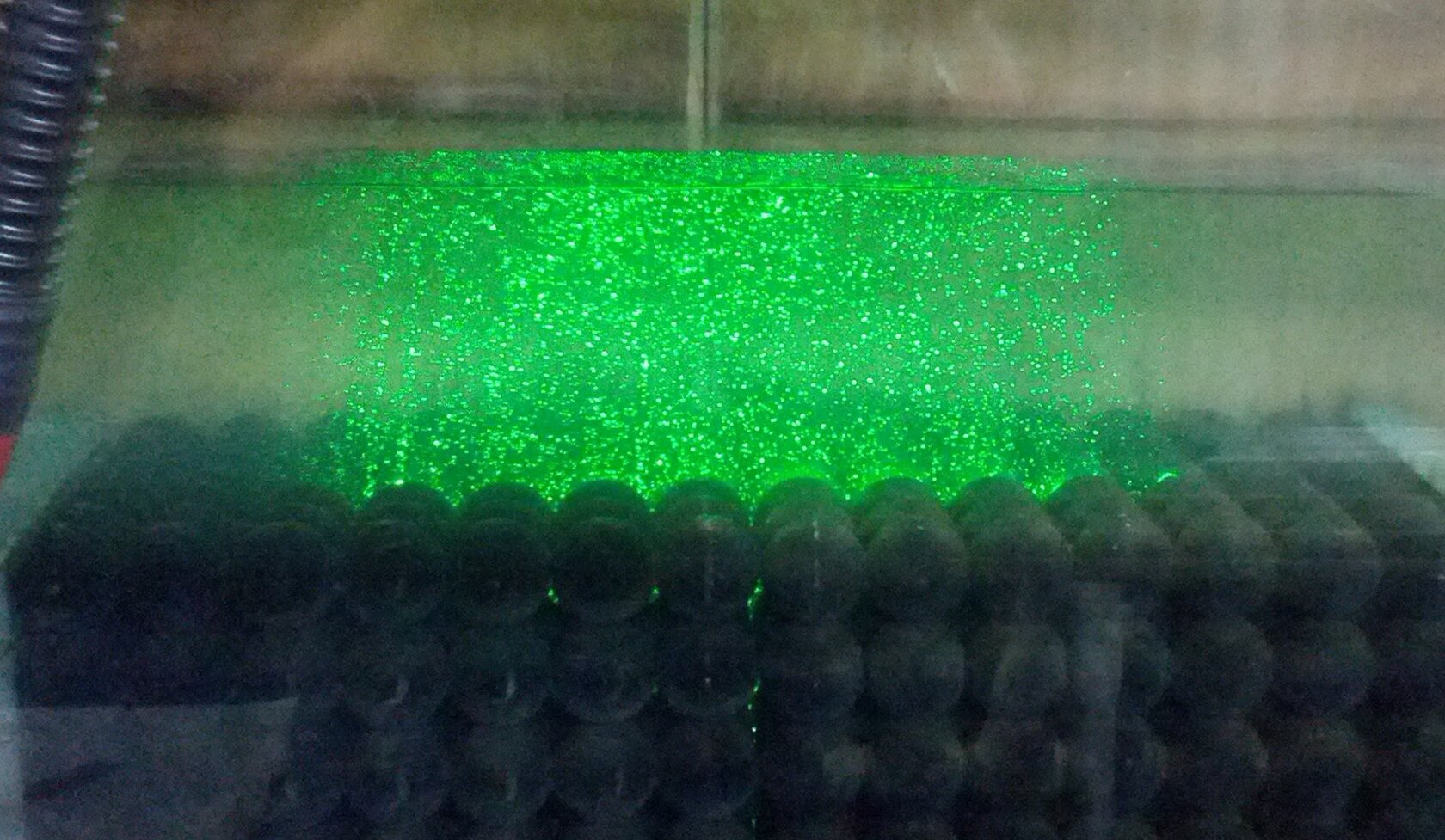
Methods
For the flume experiments, an innovative setup and measurement concept is used to gather spatio-temporal information about the infiltration and accumulation processes and the interstitial flow field. Particle Image Velocimetry (PIV) is used for the multidimensional acquisition of flow fields, Gamma Ray Absorption (GRA) for detectin infiltration masses, as well as 3D printers for the production of simplified streambeds. The measurement concept results in the detailed and so far unique data set.

Project funding
The project "Colmation – Unravelling physical interactions of surface and subsurface processes" is funded by the Deutsche Forschungsgemeinschaft e.V. (DFG).
